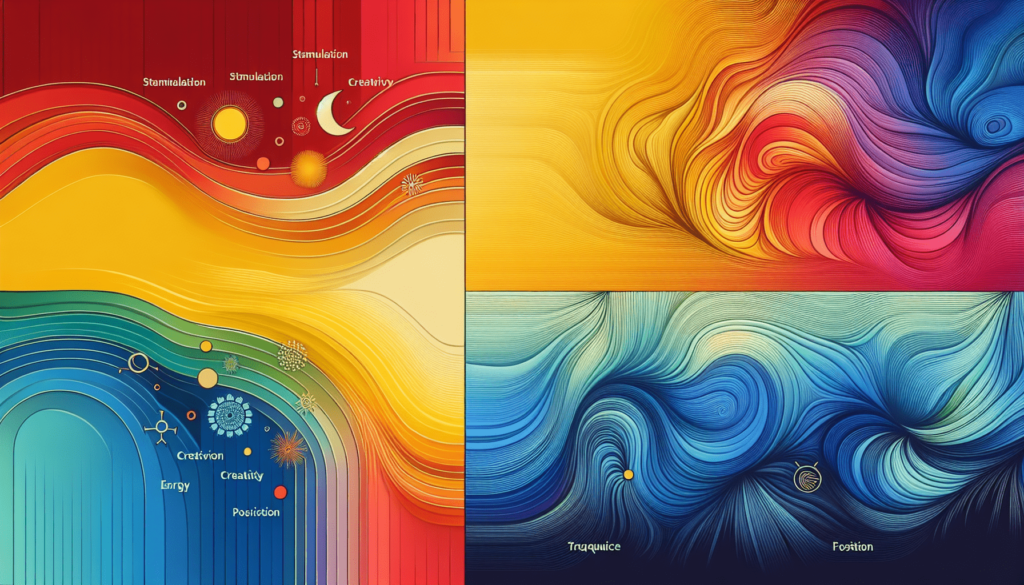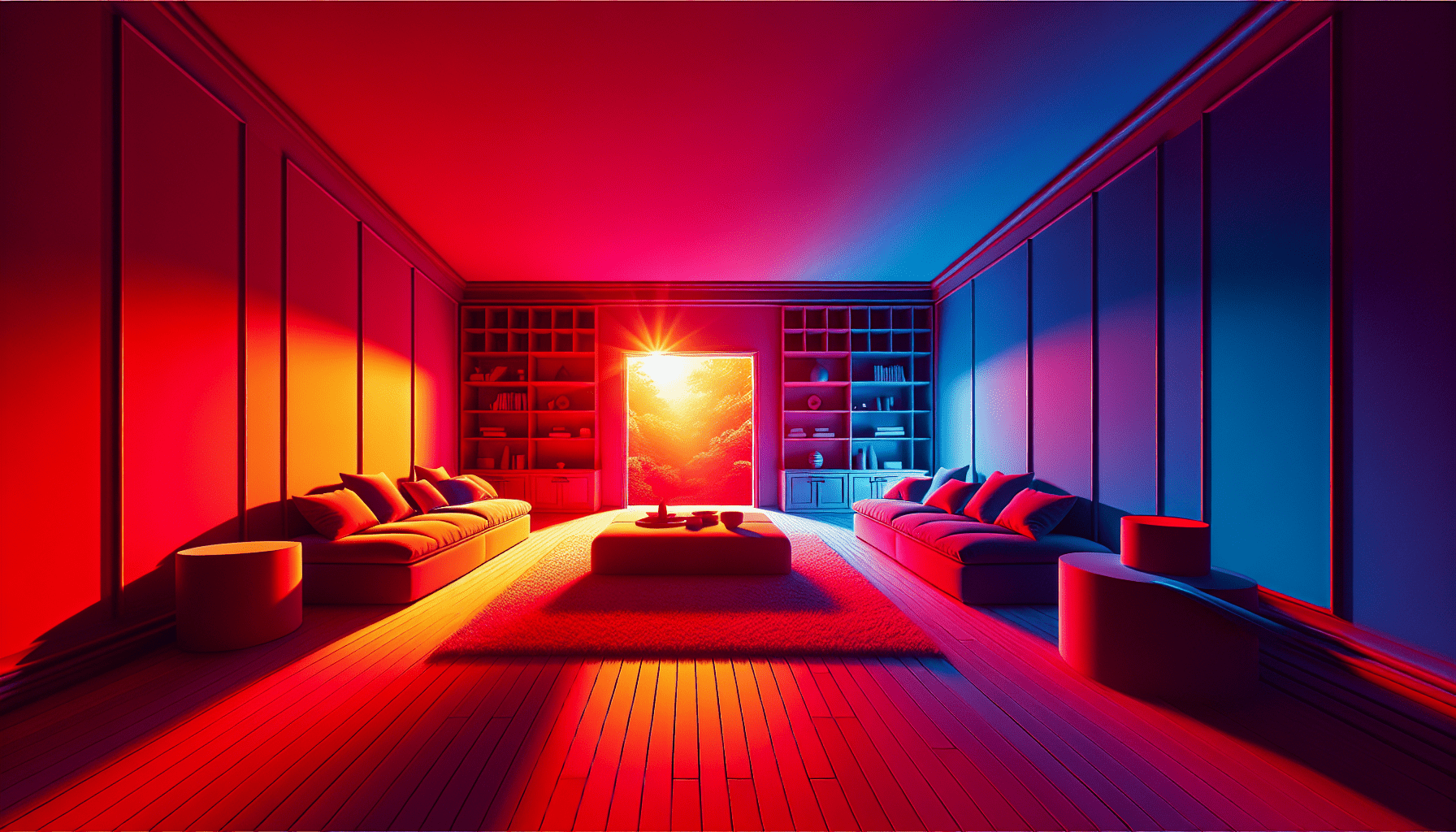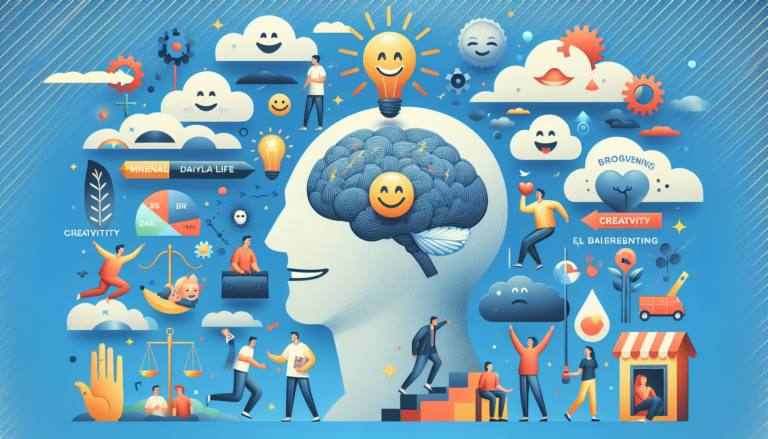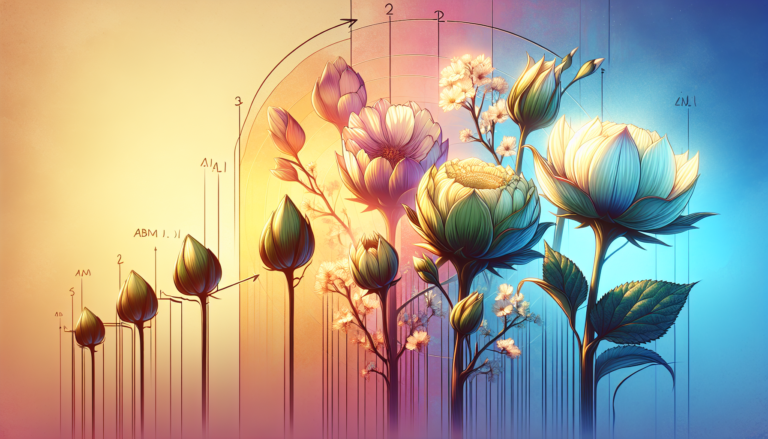The Psychology Of Color In Creating A Motivational Space
Imagine walking into a room painted in shades of vibrant blue and energetic yellow, instantly feeling a surge of enthusiasm and motivation. That is the power of color psychology. In this article, we will explore the fascinating world of how different colors can influence our mood and emotions, and how we can strategically use them to create a motivational space that energizes and inspires us. Whether you are revamping your office or looking to transform your living space, understanding the psychology of color is the key to setting the right atmosphere and unlocking your full potential.

The Impact of Color
Color plays a powerful role in our lives, influencing our emotions, mood, and behavior. The colors we surround ourselves with have the ability to evoke specific feelings and create a sense of atmosphere in any space. Whether it’s at home, in the office, or in a public setting, understanding the psychology of color can help us make intentional choices that positively impact our well-being.
Building an Emotional Connection
One of the most significant ways color impacts us is by creating an emotional connection. Different colors have different associations and can evoke distinct feelings. Warm colors like red, orange, and yellow are often associated with energy, excitement, and optimism. These hues can be used to create a lively and invigorating atmosphere, making them ideal for spaces where creativity and passion are desired, such as art studios or entertainment areas.
On the other hand, cool colors like blue, green, and purple have a calming and relaxing effect. They are often used to promote feelings of tranquility and peace, making them suitable for spaces where focus and concentration are essential, such as home offices or study areas.
Neutral colors like beige, gray, and white create a sense of balance and harmony. These colors are commonly used as a backdrop to enhance other colors or to provide a clean and uncluttered look. In spaces where clarity and simplicity are important, such as professional settings or minimalist homes, neutral colors can foster a sense of calmness and clarity.
Influencing Mood and Behavior
The colors we choose can also influence our mood and behavior. For example, warm colors tend to be energizing and stimulating. They can increase heart rate, blood pressure, and appetite. Therefore, they are often used in restaurants or social areas to create a lively and vibrant atmosphere that encourages interaction and sociability.
Cool colors, on the other hand, have a calming effect on our bodies and minds. They can slow down our heart rate, lower blood pressure, and even reduce appetite. This makes them suitable for spaces where relaxation and focus are necessary, such as bedrooms or meditation rooms.
Additionally, certain color combinations and schemes can create visual interest and enhance motivation. Contrasting colors, like black and white, create a bold and eye-catching effect. Complementary colors, such as blue and orange, create a harmonious and dynamic look. These color combinations can be used strategically to draw attention, inspire creativity, and foster motivation.
Understanding Color Associations
To choose the right colors for a space, it’s important to understand the associations and meanings behind different colors. Here are some common color associations:
- Red: Passion, energy, excitement, and urgency.
- Orange: Enthusiasm, creativity, and warmth.
- Yellow: Optimism, happiness, and intellect.
- Blue: Calmness, trust, and productivity.
- Green: Renewal, growth, and harmony.
- Purple: Luxury, creativity, and spirituality.
- Brown: Stability, reliability, and comfort.
- Gray: Sophistication, balance, and neutrality.
- White: Purity, cleanliness, and simplicity.
- Black: Elegance, power, and mystery.
By understanding these associations, you can choose colors that align with the desired mood and atmosphere of a space.

Considerations for Different Spaces
Different spaces have different requirements when it comes to color choices. Here are some considerations for various settings:
Home Offices
In home offices, where focus, productivity, and creativity are crucial, it’s important to choose colors that promote these qualities. Cool colors like blue or green can enhance concentration and create a sense of calmness. Complementary colors like blue and orange can stimulate creativity and motivation. Additionally, incorporating natural elements, such as plants or wooden furniture, can further enhance the productivity and well-being of the space.
Fitness Centers
Fitness centers should be energizing and motivating. Warm colors like red, orange, or yellow can create a dynamic and lively atmosphere, encouraging physical activity and enthusiasm. Additionally, cool colors like blue or green can be used in relaxation areas or yoga studios to create a sense of calmness and balance.
Classrooms
Classrooms should provide a conducive learning environment. Cool colors like blue can enhance focus and concentration among students, while warm colors like yellow can stimulate enthusiasm and creativity. It’s important to strike a balance between energizing and calming colors, creating an atmosphere that promotes both learning and relaxation.
Creative Studios
Creative studios, such as art or design spaces, should inspire imagination and innovation. Colors that evoke creativity, such as purple or orange, can be used to stimulate ideas and passion. Additionally, incorporating natural light and using colors found in nature can enhance the creative process and create a harmonious environment.
Color Combinations and Schemes
When incorporating color in a space, it’s important to consider the various color combinations and schemes that can be used. Here are a few popular options:
Monochromatic Schemes
A monochromatic scheme involves using different shades, tints, and tones of a single color. This creates a harmonious and unified look. For example, using various shades of blue throughout a space can create a calming and sophisticated atmosphere.
Analogous Schemes
An analogous scheme involves using colors that are next to each other on the color wheel. This creates a sense of harmony and flow. For example, combining shades of blue and green can create a serene and natural ambiance.
Complementary Schemes
A complementary scheme involves using colors that are opposite each other on the color wheel. This creates a dynamic and contrasting effect. For example, using a combination of orange and blue can create a vibrant and energetic atmosphere.
When choosing a color scheme, consider the mood and atmosphere you want to create, as well as the purpose of the space.
Considerations for Personal Preferences
While understanding the psychology of color is essential, it’s important to consider personal preferences when designing a space. Everyone has different reactions and associations with colors, and what may be motivating for one person may not be the same for another. Consider personal preferences and the desired emotional impact when choosing colors for a space.
Cultural influences also play a significant role in color preferences. Certain colors may carry different meanings and associations in different cultures. It’s important to be mindful of cultural norms and customs when incorporating color in multicultural settings.
Implementing Color in Design Elements
To fully utilize the impact of color, it’s important to consider how it can be implemented in various design elements. Here are some areas to consider:
Walls and Paint
Painting walls in a specific color can dramatically transform the atmosphere of a space. Consider the desired mood and purpose of the room when choosing wall colors. Use accent walls or patterns to create visual interest and focal points.
Furniture and Decor
Furniture and decor items can also contribute to the color scheme of a space. Choose pieces that align with the desired color palette and create a cohesive look. Use accent pieces or decor accessories to introduce pops of color and add visual interest.
Lighting
Lighting also plays a crucial role in color perception. Natural lighting can enhance the vibrancy of colors, while warm or cool artificial lighting can influence the mood. Consider the type of lighting in a space and how it interacts with the chosen colors.
Accessories
Accessories, such as pillows, curtains, or rugs, offer opportunities to incorporate color in a space. These smaller elements can be easily changed or updated to reflect personal preferences or seasonal themes.
By carefully considering these design elements, you can create a space that not only aligns with color psychology but also reflects your personal style and enhances the desired atmosphere.
In conclusion, color has a profound impact on our emotions, mood, and behavior. By understanding the psychology of color, we can harness its power to create motivational spaces that inspire and uplift us. Whether it’s the energizing effects of warm colors, the calming influence of cool colors, or the balanced harmony of neutral colors, intentional color choices can transform any space into a haven of motivation and well-being. So go ahead, explore the world of color and let it guide you in creating spaces that truly speak to your heart.







